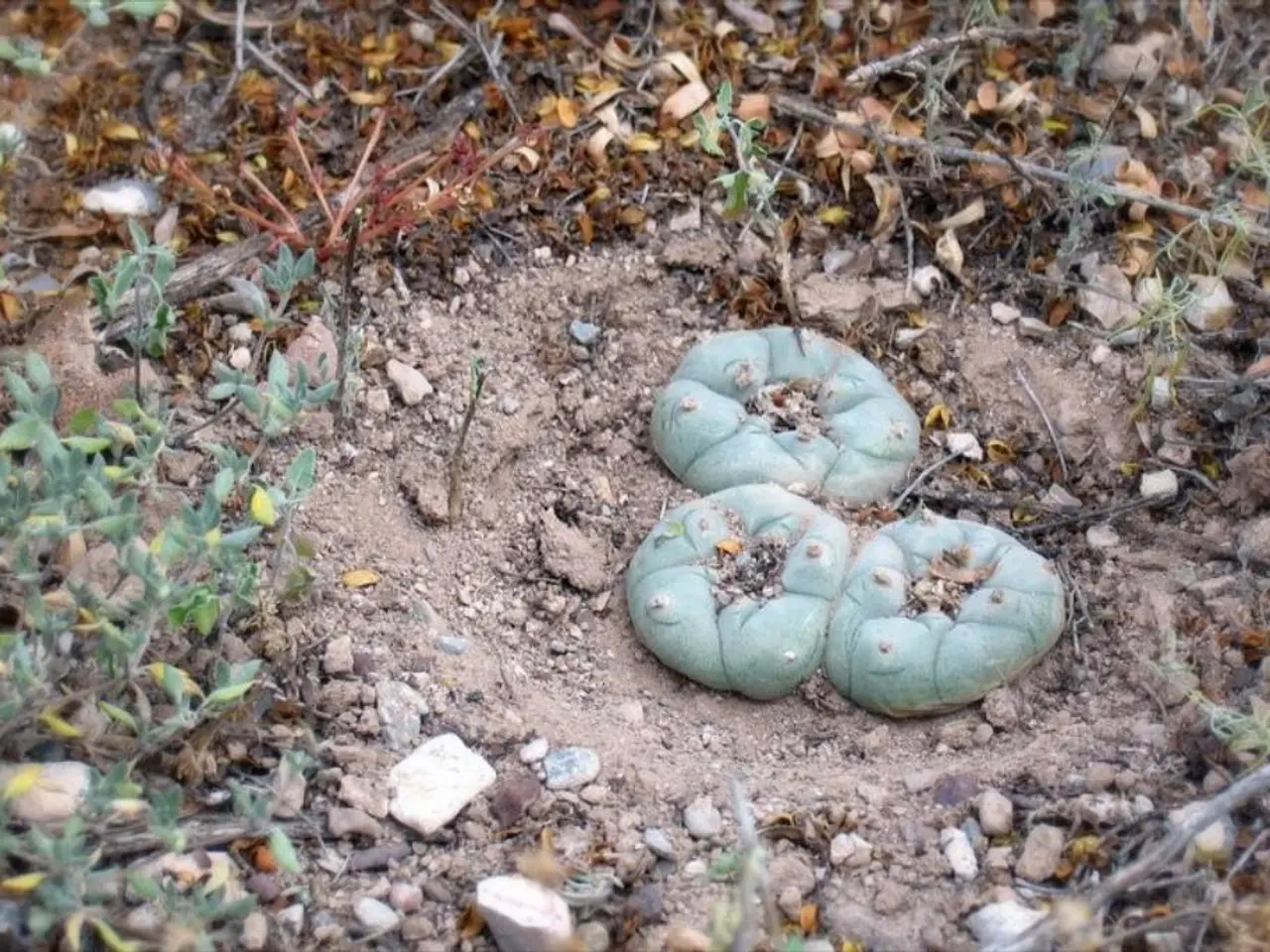Cultivating Pumpkins: Learning the Process of Sowing, Nurturing, Reaping, and Storing
In the spirit of nurturing green thumbs and fostering a bountiful harvest, we present a comprehensive guide to growing squash. From planting to harvesting and storage, follow these steps to cultivate delicious, homegrown squash.
Planting To begin your squash journey, sow seeds directly in warm, well-drained, fertile soil after the frost risks have subsided. Aim for a full sun spot, offering 6-8 hours of daily sunlight, and space plants approximately 3-4 feet apart to accommodate their sprawling growth. Ideally, the soil pH should be between 6.0 and 7.0, enriched with compost or aged manure.
Growing and Care Watering is crucial. Deeply water 1-2 times per week, ensuring the soil remains moist but not waterlogged. Mulch around plants to retain moisture and suppress weeds. Feed squash with a balanced fertilizer monthly or every 2-3 weeks during heavy production, using compost, organic granules, or liquid feeds such as fish emulsion or seaweed extract. Prune vines if needed to improve airflow and reduce disease. For climbing varieties, use trellises to increase yield and prevent rot.
Pest and Disease Management Practice crop rotation annually and use companion planting (e.g., nasturtiums, borage) to attract beneficial insects and repel pests. Handpick pests and egg clusters or apply organic sprays. Avoid overwatering to prevent fungal diseases like powdery mildew. Wrapping stems with foil can deter vine borer larvae.
Harvesting Harvest squash fruits frequently to encourage continuous production. For summer squash like zucchini and silk squash, pick young fruits when they are 6-10 inches long for optimal flavor and texture. Use sharp tools to cut fruit from vines, leaving a short stem. Regular harvesting prevents oversized, seedy fruit and promotes more flowers.
Storing Store harvested squash in a cool, dry place. Summer squash lasts about 5-7 days, while winter varieties (like delicata) can be cured in dry conditions (60-70°F / 15-21°C) for longer storage up to 3 months. For surplus, consider slicing, blanching, and freezing.
To aid in your squash-growing endeavours, we offer a variety of tools and resources. From a Cedar Complete Raised Garden Bed Kit and a Soil Test Kit to a Square Foot Garden Hoe and a Premium Polyurethane Soaker Hose, our shop is stocked with everything you need to cultivate a thriving squash patch.
Happy planting, and may your harvest be abundant!
[Shop] - Square Foot Garden Trowel - Square Foot Garden Markers Set - Premium Drinking Water Safe Garden Hose - Slim 7/16" - Square Foot Garden Trellis - Square Foot Garden Watering Can - Sunlight Calculator - Natural Cedar Raised Garden Beds - Insect Dust Diatomaceous Earth - 4.4 lb - Square Foot Gardening Kit - Square Foot Garden Rake - Square Foot Garden Soil Mix - Square Foot Garden Timer - Farmstead Raised Garden Bed
Incorporate a flourishing home-and-garden lifestyle into your backyard by cultivating a lush, homegrown squash patch. Explore our garden tool collection, including a Square Foot Garden Trowel, Garden Trellis, and Watering Can, to create an optimal environment for your squash plants and facilitate their healthy growth.




